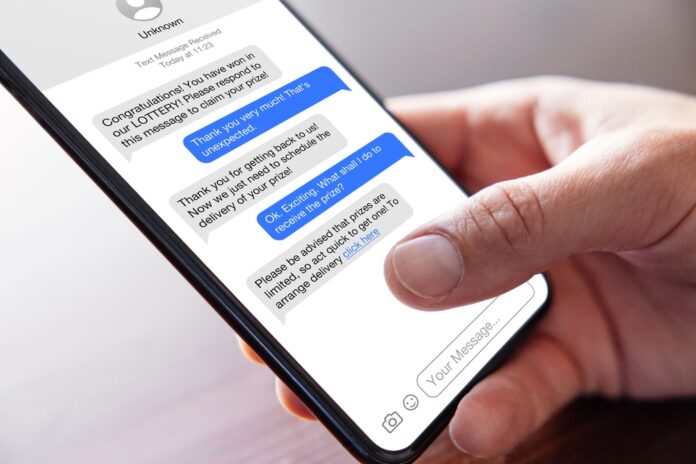Text scams in the Philippines plummeted by nearly 90 percent in the second quarter of 2025, falling to 65,035 from 648,239 in the previous quarter, according to data from Whoscall, a mobile security app developed by Gogolook.
Compared to the same period last year, when 1.29 million scam texts were recorded, the decline was even more dramatic—down 95 percent.
Scam calls followed a similar trend, dropping to 34,964 in the April–June period from 351,699 in the first quarter. A year ago, that figure stood at 135,535.
Authorities credit the sharp declines to coordinated crackdowns on cybercrime: more than 5,000 suspects have been arrested and at least 12 scam hubs dismantled nationwide in the first half of the year. Major raids took place in Metro Manila, Cebu, Subic, and Lapu-Lapu City.
Whoscall, in collaboration with citizen-led initiative Scam Watch Pilipinas, continues to monitor cyber threats and frauds. Yet even as text and call scams fall, risky URLs—web links used for phishing, fake loan offers, and online gambling—are on the rise. Such malicious links increased 38 percent in the second quarter, reaching 18,735, compared with 13,602 in the first quarter.
WhosCall is a mobile app that is free to download.
Often distributed via social media platforms like Facebook and messaging apps such as Viber and Telegram, these URLs remain a potent tool for scammers.
Scam Vault PH, a Facebook group run by Scam Watch Pilipinas, helps categorize, analyze, and report these threats—feeding real-time data to law enforcement and raising public awareness about evolving scam tactics.
The Bangko Sentral ng Pilipinas had earlier reported that between 2022 and 2024, unauthorized banking transaction complaints covered around P3.37 billion.







